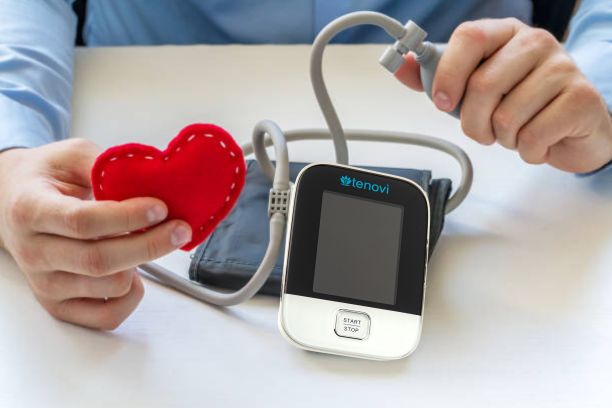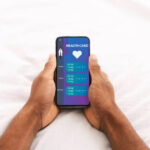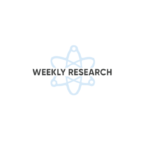Chronic heart failure (CHF) is a global health challenge affecting millions, demanding innovative solutions for effective management. One such breakthrough is Remote Patient Monitoring (RPM), a telehealth activity that has shown promising results. This article explores the transformative impact of remote patient monitoring for heart failure, drawing insights from a recent French case report.
Chronic heart failure is a significant health issue in the United States. According to estimates, about 6.2 million American adults are currently living with heart failure. By 2030, it is estimated that over 8 million Americans will have heart failure. In the U.S., the annual cost of caring for a patient with heart failure is nearly $30,000. With millions of Americans affected and billions spent on heart failure, it remains an immense public health challenge in the nation.
Understanding Remote Patient Monitoring for Heart Failure
From a healthcare perspective, CHF presents unique challenges, including access to care systems, achieving target doses, monitoring drug-dose changes, and reducing hospitalization rates. Traditional approaches have faced limitations, prompting the exploration of new technologies like remote patient monitoring for heart failure.
Telehealth and remote patient monitoring for heart failure allow healthcare professionals to monitor and deliver patient care remotely. In addition to in-person visits, remote health provides a platform for patient engagement, access to health-related educational resources, and personalized support.
However, research on the clinical benefits and optimal protocols of remote patient monitoring for patients with congestive heart failure is still limited. Examining this topic as new research emerges is key. We present a case study of a congestive heart failure patient in France who received remote monitoring for follow-up care.
French Case Study Report Insights in Remote Patient Monitoring
In a 2020 case report at the AP-HP Cochin Hospital in Paris, a 74-year-old chronic heart failure patient faced repetitive hospitalizations. Since November 11, 2020, the patient had experienced seven hospitalizations over 15 months. Traditional interventions of diuretic treatment and therapeutic education yielded little benefits. However, remote patient monitoring showed its potential during the patient’s last hospitalization.
A clinical telehealth nurse identified an error in the initial baseline weight inputted into the system. Correcting this error led to no new episodes, avoiding a high-risk heart surgery. The patient’s satisfaction increased, and his quality of life markedly improved.
Impact of Remote Patient Monitoring for Heart Failure
The case highlights the positive impact of effective remote patient monitoring for heart failure and its role in meticulous data management and regular updates. This scenario underscores various benefits of remote patient monitoring:
Continuous Symptom Tracking
- RPM facilitated ongoing symptom monitoring, which is crucial in identifying a clinical issue that might have gone unnoticed.
- Weight monitoring is vital in managing heart failure. The nurse’s review of RPM data uncovered the inaccuracies in baseline weight, averting potential missed alerts.
Timely Interventions
- Correcting the RPM data and continuous monitoring enabled timely interventions before the patient’s condition deteriorated to the point of hospitalization.
- A qualified healthcare professional could proactively track symptoms and adjust care, preventing the escalation of health issues.
Reduced Hospitalization
- Following the correction of RPM data, the patient experienced nine months without hospitalizations in contrast to the frequent hospitalizations he previously faced.
- This suggests that appropriately monitored RPM data and consistent follow-up played a crucial role in stabilizing the patient’s condition.
Patient-Centric Benefits
- The patient directly attributes the marked improvement in his quality of life and symptom management to RPM monitoring.
- RPM contributed significantly to increased patient satisfaction and improved outcomes by avoiding surgery.
Cost Savings and Efficiency
- RPM monitoring has reduced costly hospitalizations and interventions.
- This results in patient and health system cost savings by minimizing the need for extensive medical interventions.
- This congestive heart failure case demonstrated improved symptom tracking, proactive interventions, reduced rehospitalizations, heightened patient satisfaction, and cost-effectiveness.
Understanding Remote Patient Monitoring for Heart Failure
The case study showcases the value of remote monitoring for heart failure and in managing chronic conditions, providing a comprehensive and patient-centric approach to healthcare. Further, the study illustrates the potential of remote patient monitoring to enhance patient outcomes, reduce hospitalizations, and ultimately improve the quality of life for those with chronic conditions. Are you interested in learning more about remote patient monitoring? Tenovi works exclusively with chronic care, telehealth, and RPM software and services companies that want to implement remote patient monitoring programs for healthcare providers. Book a free demo to learn more about our no sync, no app RPM hardware and software services.






